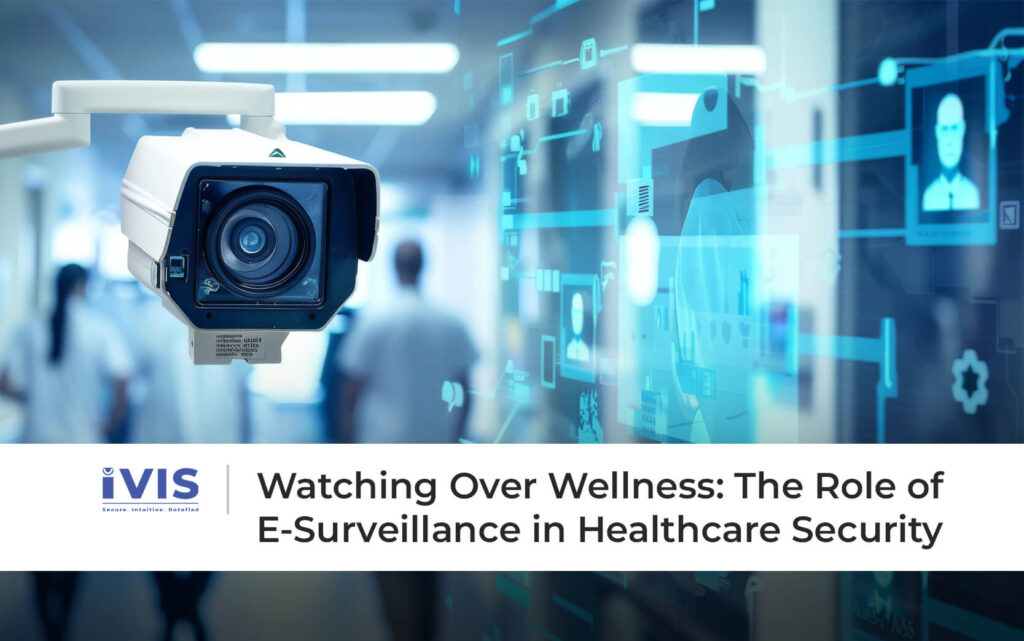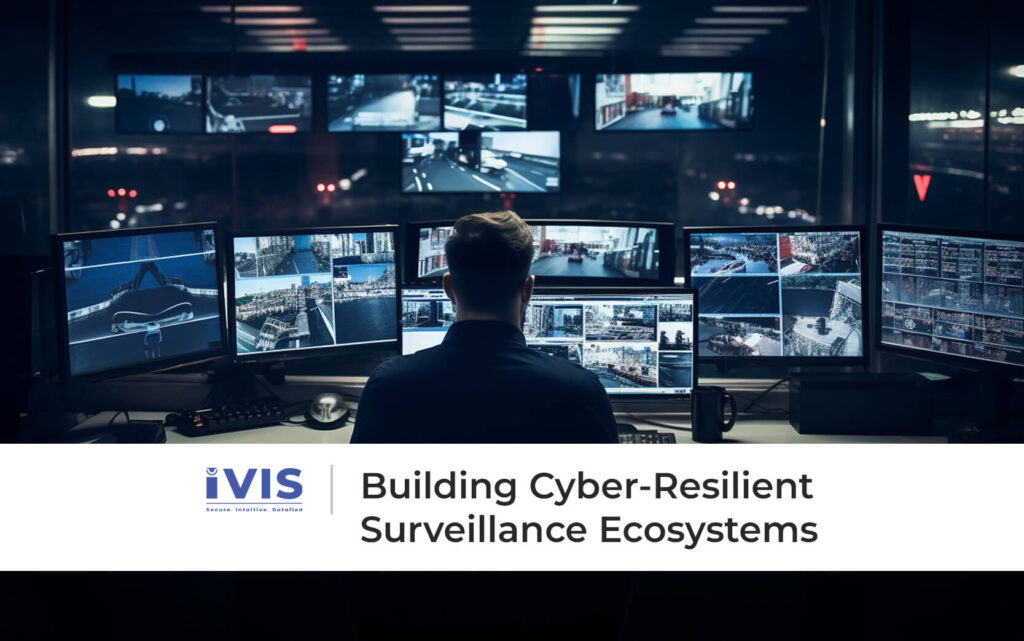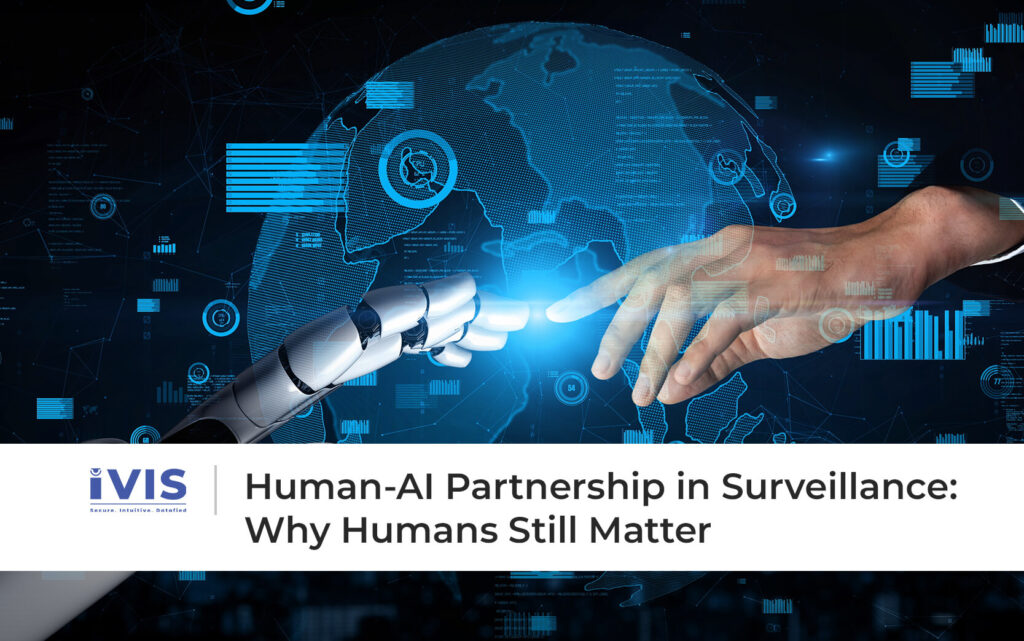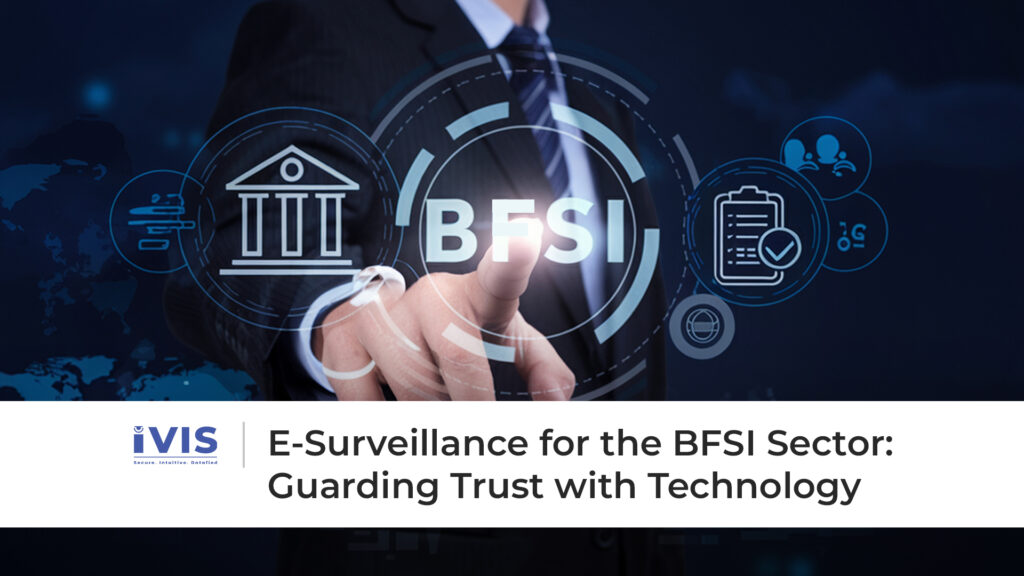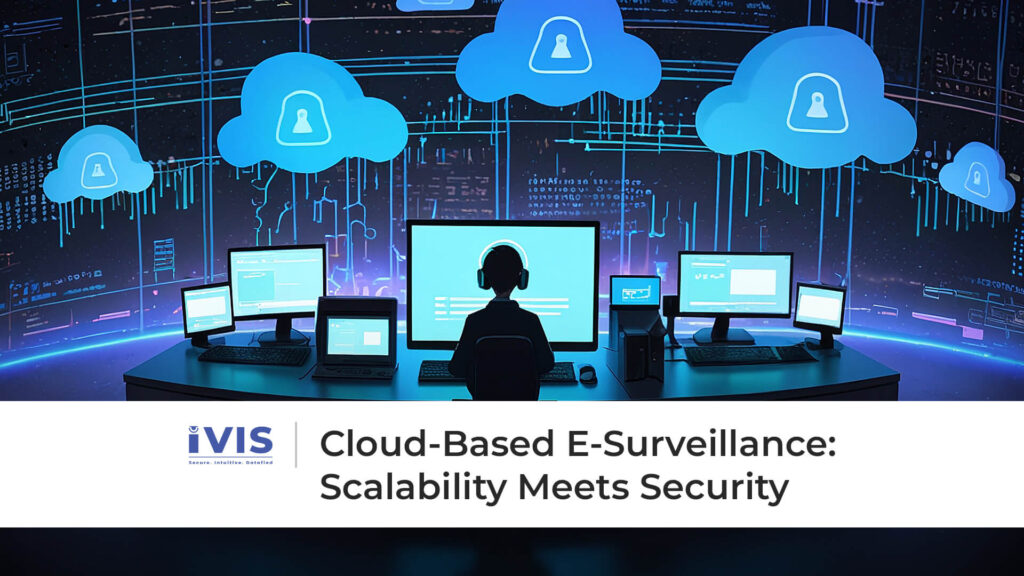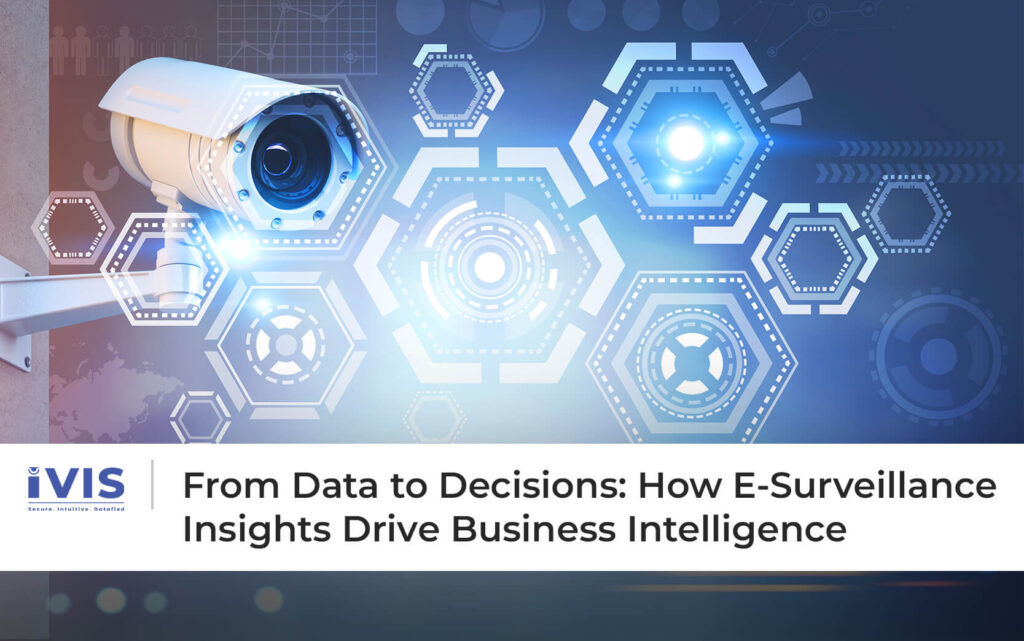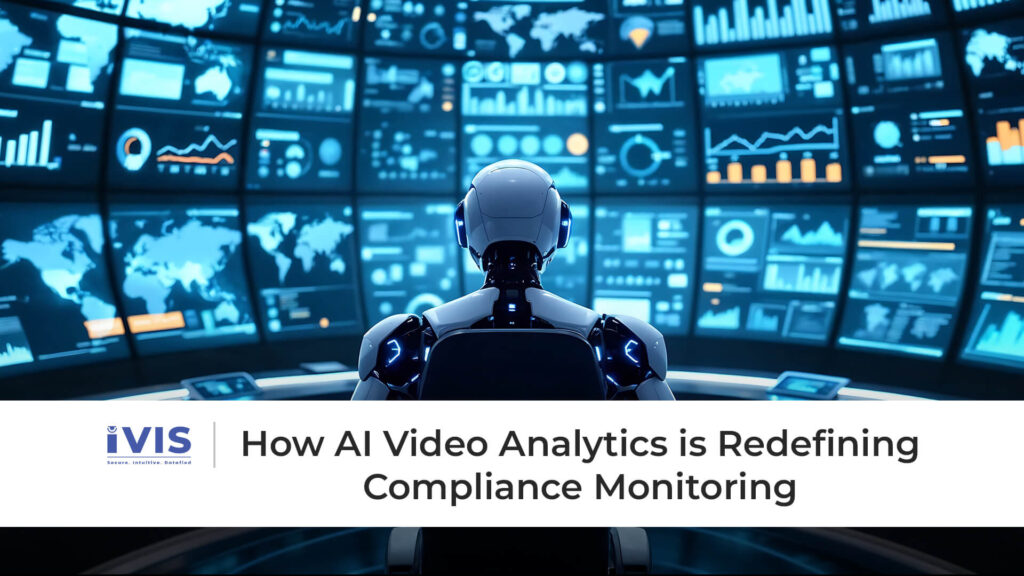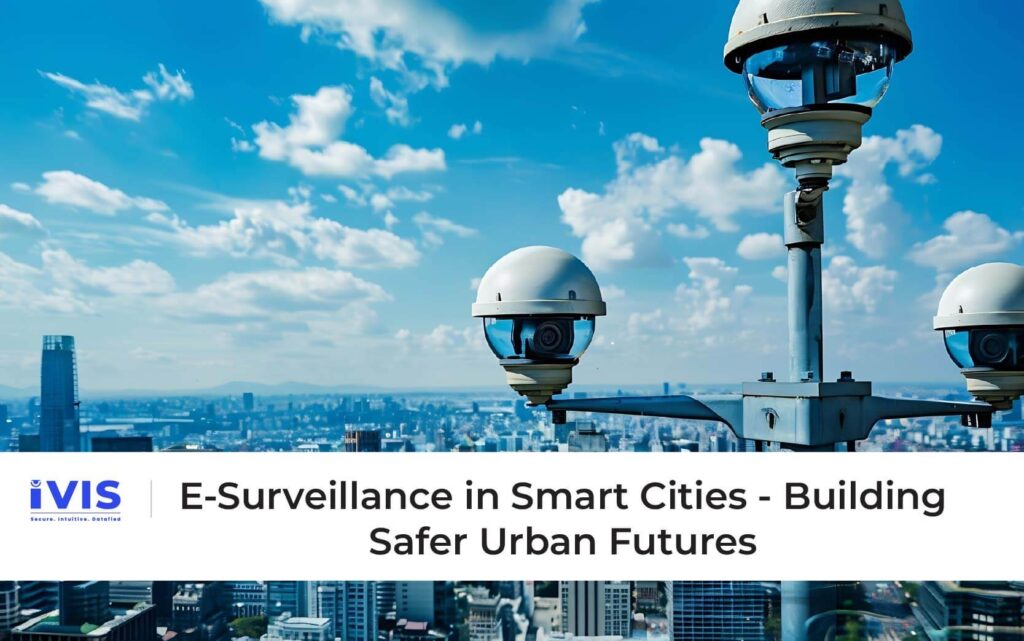Above and Beyond: Modern Surveillance in Aviation Security
Above and Beyond: Modern Surveillance in Aviation Security Walking into a modern airport is like stepping into a city on the move, thousands of travelers, rolling suitcases, security checkpoints, boarding gates, baggage belts, and transport zones all humming simultaneously. In such a dynamic, high-density environment, safety, speed, and precision are critical. Traditional security measures, including metal detectors, manual baggage screening, and guards, once sufficed. But today’s aviation world faces far more complex challenges: high passenger volumes, evolving security threats, operational bottlenecks, and demand for frictionless travel. To navigate these challenges, airports worldwide are turning to AI-driven surveillance systems, predictive analytics, and facial recognition, not just to watch, but to anticipate, respond, and protect. Modern airport surveillance is no longer passive. It’s active, intelligent, and predictive, blending technology and human oversight to build safer, smarter skies. Why Aviation Security Needs an Intelligence Upgrade Airports with terminals, runways, cargo zones, transit areas, staff access points, and public spaces are sprawling, complex infrastructures. A security gap at any point can expose the entire system. As per industry research, airports generate massive data from CCTV feeds, access control logs, passenger check-ins, baggage handling systems to flight and passenger flow data, making them prime candidates for data-driven security infrastructure. Manual surveillance is limited. Human operators can’t effectively scan hundreds of video feeds simultaneously, especially during busy periods. Fatigue, split-second human error, and latency in response present critical vulnerabilities. Regulatory and safety pressures demand stronger security, faster threat detection, and seamless travel calling for systems that can scale, adapt, and anticipate threats in real time. In short: airports need surveillance systems that are as dynamic as the environment they guard. What Modern Aviation Surveillance Looks Like Today’s airport security ecosystems combine multiple technologies, all working together: 1. AI-Powered Video Analytics & Object Detection: Cameras across terminals, gates, baggage zones, runways, and perimeters feed into AI engines. These systems continuously analyse video for: Unattended baggage or objects Abandoned items or suspicious packages Unauthorized access to restricted areas Suspicious behaviour or loitering Perimeter breaches or ground-side intrusions Recent industry articles highlight how video analytics helps airports and transit hubs detect real-time threats, manage security, and respond faster. 2. Facial Recognition & Biometric Screening: Biometric systems, especially facial recognition are increasingly replacing manual document checks at check-ins, immigration, boarding gates, and baggage claim. These systems cross-check travelers against watchlists, confirm identities, and ensure only authorized individuals access sensitive zones. Some airports have even launched full biometric journeys: travellers pass through check-in, security, boarding, and baggage claim with facial recognition, speeding processes while maintaining high security. 3. Predictive Analytics and Passenger Flow Management: Airports are busy not just because flights depart and arrive; they’re busy because of passenger movement: long queues, immigration rushes, baggage handling pressure, boarding surges. AI systems analyse flight schedules, passenger data, check-in timings, and historical flow patterns to predict crowd surges, optimize staff deployment, and reduce bottlenecks. Predictive analytics helps airport authorities stay ahead adding security lanes when required, opening extra counters, or diverting passenger flows to avoid overcrowding. 4. Perimeter & Airside Ground Surveillance: Safety doesn’t end inside terminals. Runways, taxiways, hangars, cargo zones, all need round-the-clock monitoring. Advanced surveillance frameworks, like the deep-learning based “Deep4Air”, can track aircraft location, monitor taxiway integrity, and ensure safe distances are maintained between vehicles and aircraft. Combined with video surveillance and analytics, airports can detect unauthorized vehicles, ground traffic anomalies, or potential incursions — reinforcing security from airside to landside. Real-World Benefits: Safety, Efficiency, Speed Faster Threat Detection & Response: With AI analysing hundreds of video streams in real time, anomalies such as unattended luggage, restricted-zone entry, or suspicious behaviour are flagged immediately. SecOps teams receive alerts instantly, enabling them to act before incidents escalate. AI-assisted detection reduces the burden on human monitors and increases the probability of intercepting threats early. Smarter Passenger Flow & Better Experience: Predictive flow management — adjusting staffing levels, opening extra lanes, redirecting crowds reduces wait times, eases congestion, and improves overall traveler satisfaction. Airports can adapt dynamically to passenger surges instead of reacting under pressure. Moreover, biometric gates and streamlined security checks shorten queues and improve user convenience, without diluting security. Higher Accuracy, Fewer Missed Events: Traditional CCTV might miss subtle threats a bag left off-screen, someone creeping near perimeter fences, or tailgating at restricted zones. AI video analytics, facial recognition, and object detection reduce blind spots and minimise human error. For airports, that translates to tighter security, lower risk of theft, and stronger compliance. Operational Efficiency and Resource Optimisation: Airports can optimise staff deployment, automate routine screening, and allocate security resources where they’re needed. This reduces operational overhead, improves cost-efficiency, and allows human teams to focus on critical responses. Resilience & Scalability: Modern surveillance systems like cloud-enabled, AI-powered scale with airport growth. Whether an airport adds new terminals, expands cargo zones, or increases flight traffic, surveillance infrastructure can grow without proportionally increasing manpower or complexity. Challenges and Considerations: What It Takes to Get Right While the advantages are clear, deploying modern aviation surveillance isn’t a plug-and-play exercise. Several important challenges demand careful attention: Privacy & Ethical Use of Biometric Data: Biometric tools like facial recognition raise legitimate privacy and ethical questions. Tracking individuals across zones, storing facial data, and handling sensitive travel information must be balanced with data protection laws and passenger consent. Several airports around the world have faced scrutiny over facial recognition use. Transparency, clear notice to passengers, and secure data handling are essential to maintain trust. Technical and Infrastructure Integration: Airports operate a patchwork of legacy systems: older cameras, baggage systems, security checks, access control, biometric gates, and more. Seamlessly integrating AI-analytics, video management systems (VMS), biometric databases, and traditional security hardware demands robust architecture and careful planning. Upgrades, data infrastructure, and interoperability need investment. Algorithmic Accuracy and False Positives: No algorithm is perfect. False alarms from unattended bags to benign crowd behaviour can lead to unnecessary disruptions. High false-positive rates


